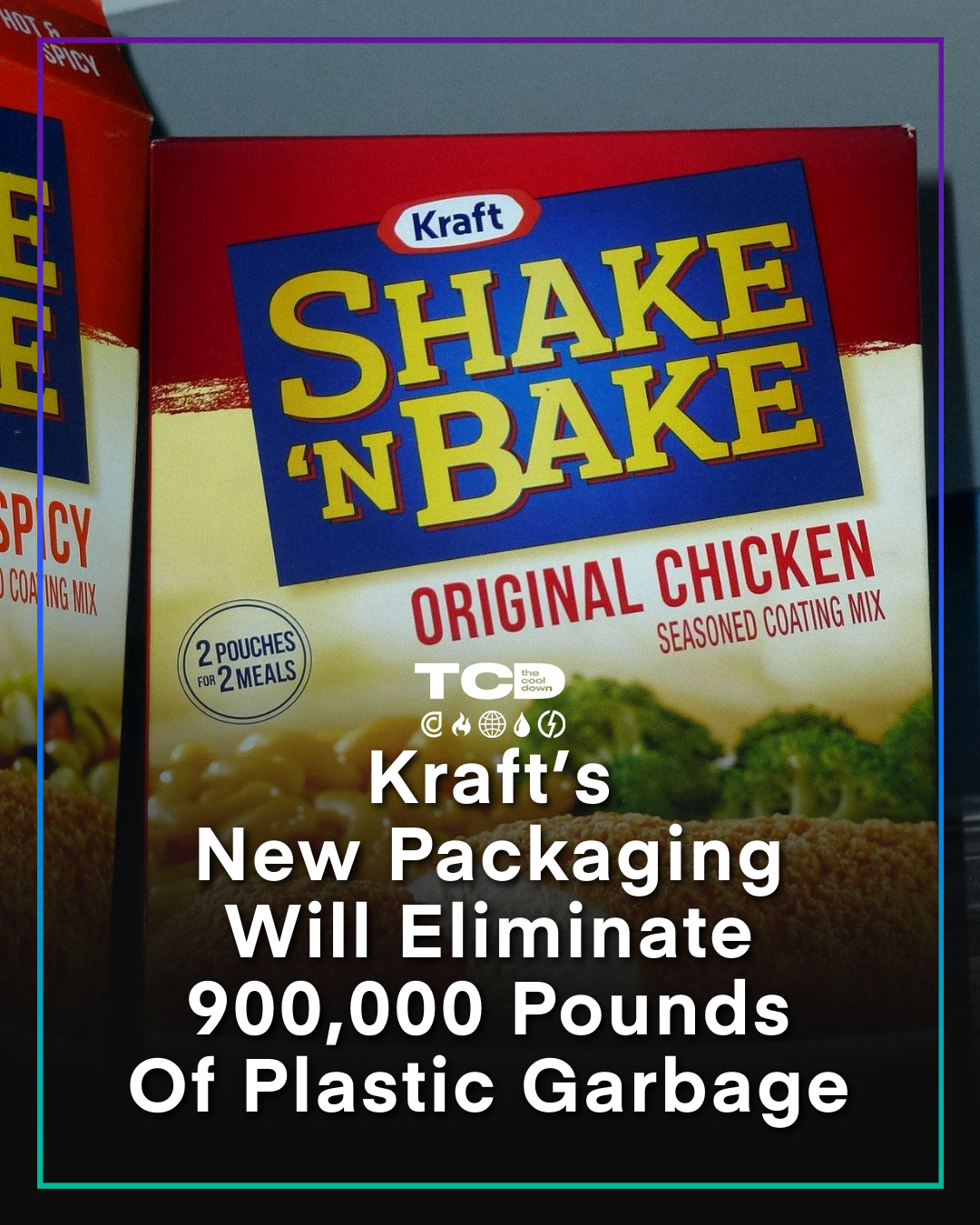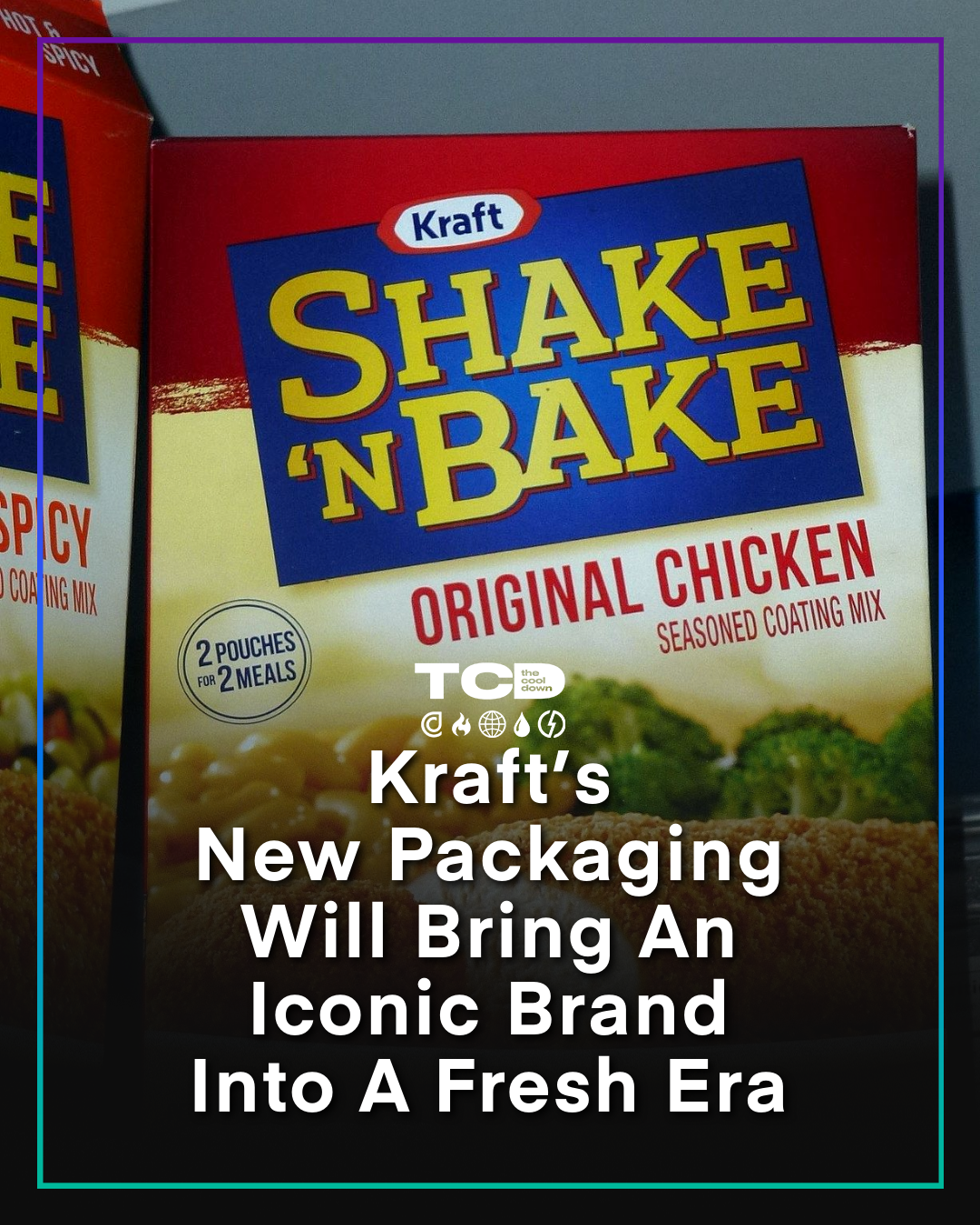Setup
The focus of the test was how brands can most effectively message and market sustainable packaging changes. To that end, the two assets were designed to test performance across the following A/B split:
- AMessaging strategies focused on the waste impact of the changes
- BMessaging strategies focused on the novelty of the packaging
 A
A
 B
B
Test Results
Attention Share and Engagement Share reflect the percentage of test-wide scoring accounted for by individual variants or demographics. Read more below in the Methodology section.
Aggregate Insights
The generally balanced attention shares suggest that there's a meaningful opportunity to generate excitement at the top of the funnel with the concept of fresh, new packaging choices.
The engagement advantage of the waste reduction asset suggests that consumers deeper down the funnel are more motivated by impact than they are by novelty.
An optimal marketing strategy would lean into top-of-funnel excitement about novelty while emphasizing the tangible impact of packaging changes.
Gender-based attention and engagement shares reflect the relative attention or engagement per gender for each variant. Read more below in the Methodology section.
Gender Insights
The female audience was more engaged overall and showed a preference for the waste reduction asset.
The disparity between engagement for the two assets was greater among the male audience, suggesting that the male audience is relatively less motivated by novelty and more directly focused on waste reduction.
Further testing could explore the gender splits between waste reduction and novelty across different product categories to determine whether men and women are respectively more or less excited by packaging changes for the products they use most frequently.
Age-based attention and engagement shares reflect the relative attention or engagement per age bracket for each variant. Read more below in the Methodology section.
Age Insights
The engagement advantage of the waste reduction asset was generally more pronounced among younger audiences, suggesting that the next generation of consumers is more motivated by sustainable packaging than their predecessors.
The strong engagement advantage of the waste reduction asset with the 65+ audience suggests a meaningful opportunity to activate older audiences around sustainable packaging changes.
Further testing could compare different methods for messaging impact among consumers of different ages to determine if root motivations around waste vary for older and younger audiences.
Methodology
This test was conducted with two message variants and a prequalified TCD audience of 6,169 likely adopters. Among those participants, 5% paid measurable attention to the test assets and 1.5% registered measurable engagement.
Attention Score measures the likelihood that a message will capture eyeballs in the wild. It’s calculated using the rate at which test participants respond to a CTA to learn more about the subject.
Engagement Score measures the likelihood that a message will elicit a meaningful response from the audience. It’s calculated using a proprietary algorithm that weights measurable metrics — shares, saves, likes, etc. — in a way that has proven to be meaningfully correlated (r > .5) to real-world conversion behavior.
Attention Share and Engagement Share reflect the percentage of test-wide scoring accounted for by individual variants or demographics. For example, an engagement share of 25% means the variant or demographic in question accounted for 25% of the cumulative engagement score produced by all segments in the test.







